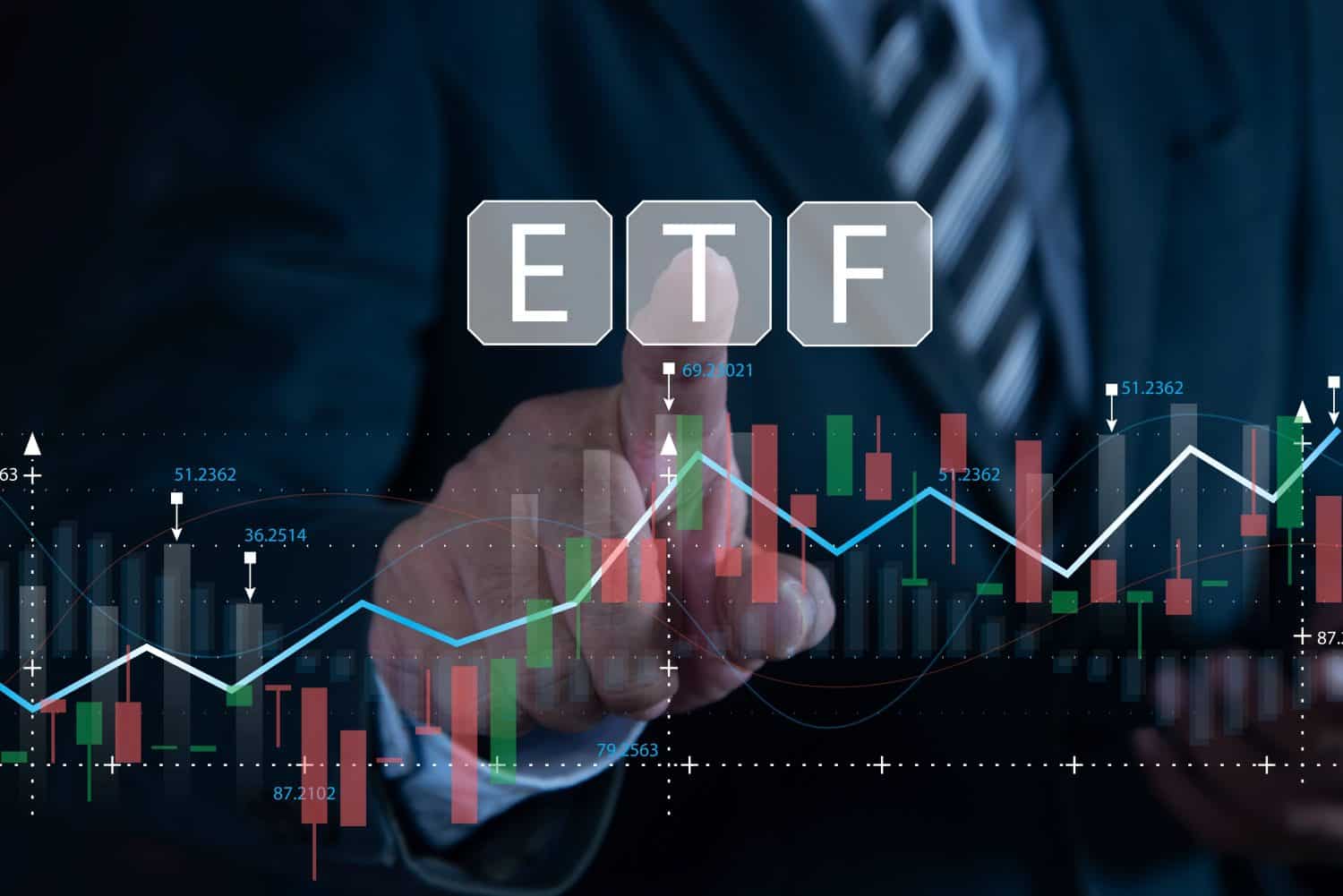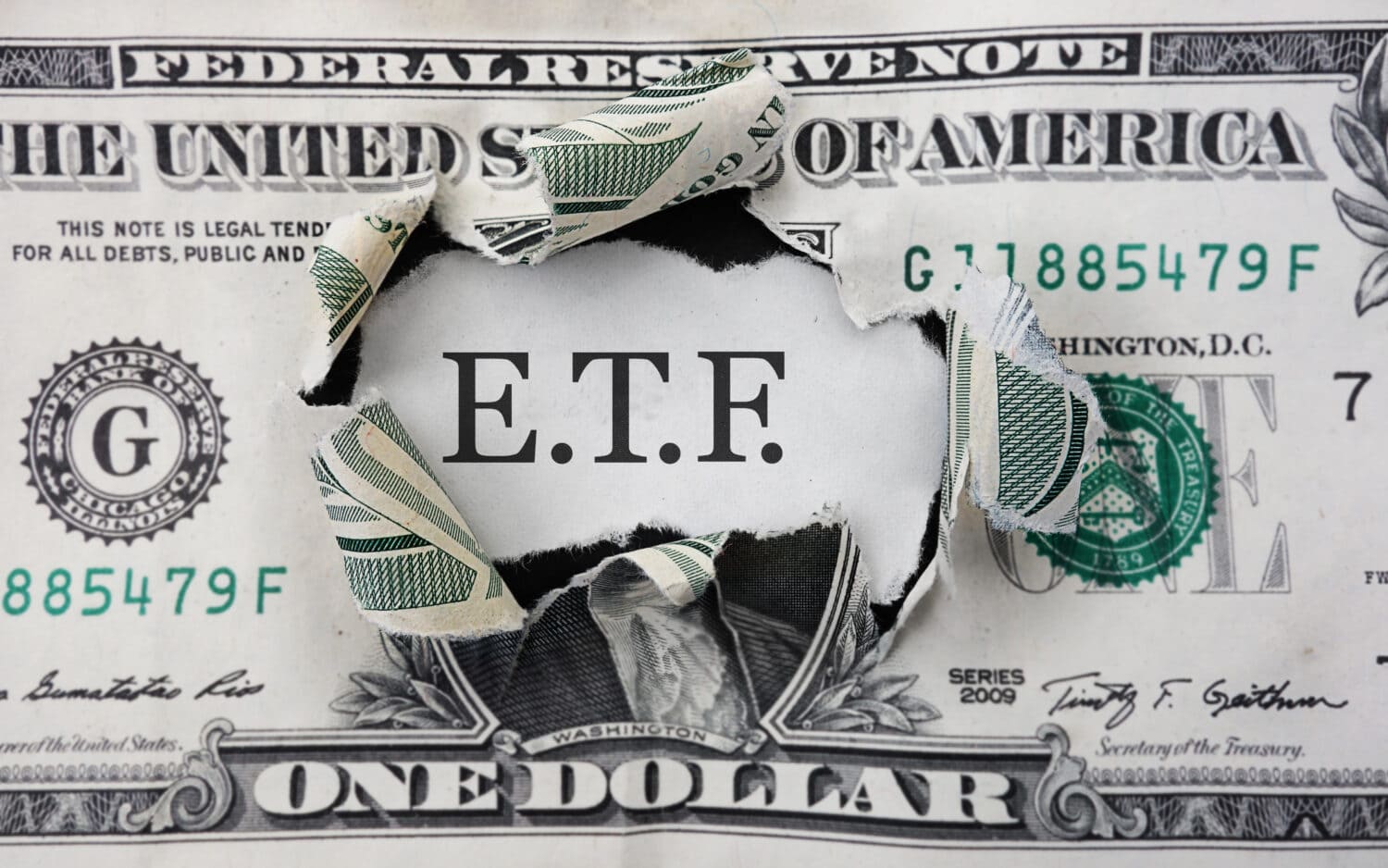
For those seeking a quick, easy, and cost-efficient way to give their portfolios a sizeable yield boost, the dividend-focused exchange-traded funds (ETFs) are worth a closer look. Undoubtedly, many fantastic low-cost passive investment products cater to various investor needs, from low volatility and high yield to growth and momentum themes.
Perhaps there are too many options for your average retail investor to keep up with. The good news is that investors don’t know about all the flashy new ETFs hitting the maker in any given year. At the end of the day, all it takes is one or two ETFs to help bring your portfolio back into balance.
When shopping for ETFs, investors should prioritize low expense ratios (preferably below 0.3% or under 0.1% for an index ETF) and investment strategies that align with one’s long-term goals. In this piece, we’ll concentrate on two stellar dividend ETFs that I view as best-in-class for investors seeking to “hypercharge” their passive income while taking a slight bit of risk off the table as the stock market soars to new highs.
Though I’m not against going for a plain S&P 500 index ETF at current levels, I would encourage investors to expand their horizons.
Why?
There are solid ETFs out there that are just as cheap as an S&P 500 index fund that brings more to the table.
Whether we’re talking about diversification (some may be concerned the S&P 500 has become too heavy in the Magnificent Seven), lower betas, or greater emphasis on dividend growth, yield, and quality, the following two ETFs make sense to keep tabs on if you’re looking to jolt your income while potentially reducing the risk that comes with being overly invested in the tech titans atop this market.
Key Points About This Article
- Dividend-focused index funds may make sense to own if you’re concerned the S&P 500 has too much exposure to the Magnificent Seven.
- The VYM and VIG are premier index ETFs worth considering for those who want more yield and less choppiness.
- If you’re looking for some stocks with huge potential, make sure to grab a free copy of our brand-new “The Next NVIDIA” report. It features a software stock we’re confident has 10X potential.

Vanguard High Yield Index Fund ETF
Vanguard is one of the gold standards when it comes to low-cost passive investment products. For passive income-seekers, the Vanguard High Yield Index Fund ETF (NYSEARCA:VYM) is a terrific way to score a 2.83% yield (more than double that of the S&P 500) without sitting on the sidelines as the stock market continues roaring higher on the back of Fed rate cuts and continued earnings growth from the most resilient companies in America.
The VYM ETF is a Morningstar gold medalist for a reason: it provides instant exposure to a vast number of large-cap value stocks, most of which boast above-average yields.
Perhaps the best part of the ETF is its ridiculously low 0.06% expense ratio. That’s about as cheap as ETFs come! Of course, low fees are to be expected from passive ETF products that track indices. In the case of the VYM, it aims to follow in the footsteps of the FTSE High Dividend Yield Index, an intriguing index suitable for passive investors seeking slightly more yield.
Further, the ETF’s top-10 holdings aren’t just defensive stalwarts with competitive dividend yields. Some of the ETF’s main constituents are robust growth companies that have ground to gain as the AI boom continues to play out. Most notable among the VYM’s top holdings are Broadcom (NASDAQ:AVGO), a semiconductor stock at the forefront of the AI revolution, and Walmart (NYSE:WMT), a colossal retailer hungry to take more share from its less-tech-savvy rivals.
So, if you seek higher yields, more value, and a smoother ride (0.77 beta, which entails slightly less correlation to the S&P 500), the VYM ought to be your one-stop shop of choice.

Vanguard Dividend Apprication ETF
If you want more exposure to dividend growers and are willing to settle for a lower but still enticing 1.73% yield, the Vanguard Dividend Appreciation ETF (NYSEARCA:VIG) is worth checking out here. Like the VYM, the VIG is also an index ETF — VIG tracks the S&P U.S. Dividend Growers Index — with a rock-bottom 0.06% expense ratio.
Unlike the VYM, though, the VIG places more emphasis on companies that have track records of growing their payouts consistently and by generous amounts. Undoubtedly, the VIG may be a more compelling option for younger investors who prioritize year-over-year passive income “raises” more than upfront yield.
While a 1.73% yield may not be anything to write home about, it’s still around 40% larger than that currently offered by the S&P 500. And while you may not notice all too much of an income boost in the near term, especially if you’re investing a smaller sum, investors will start to feel the momentum of the dividend growth over time.
So, if you’ve got a 10-year investment horizon or more, the VIG is a standout ETF, even compared with a vanilla S&P 500 index fund.
The Average American Has No Idea How Much Money You Can Make Today (Sponsor)
The last few years made people forget how much banks and CD’s can pay. Meanwhile, interest rates have spiked and many can afford to pay you much more, but most are keeping yields low and hoping you won’t notice.
But there is good news. To win qualified customers, some accounts are paying almost 10x the national average! That’s an incredible way to keep your money safe and earn more at the same time. Our top pick for high yield savings accounts includes other benefits as well. You can earn up to 3.80% with a Checking & Savings Account today Sign up and get up to $300 with direct deposit. No account fees. FDIC Insured.
Click here to see how much more you could be earning on your savings today. It takes just a few minutes to open an account to make your money work for you.
Our top pick for high yield savings accounts includes other benefits as well. You can earn up to 4.00% with a Checking & Savings Account from Sofi. Sign up and get up to $300 with direct deposit. No account fees. FDIC Insured.
Thank you for reading! Have some feedback for us?
Contact the 24/7 Wall St. editorial team.





